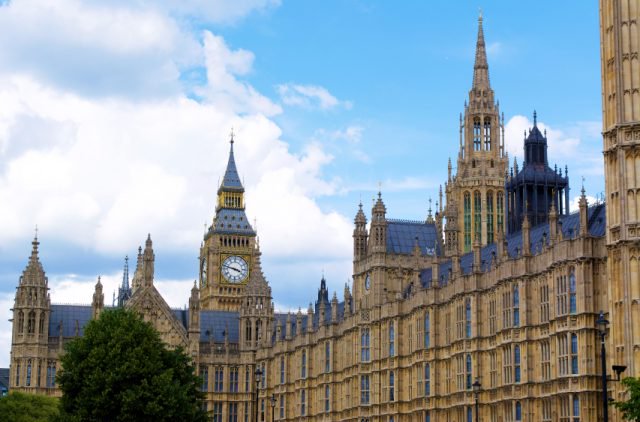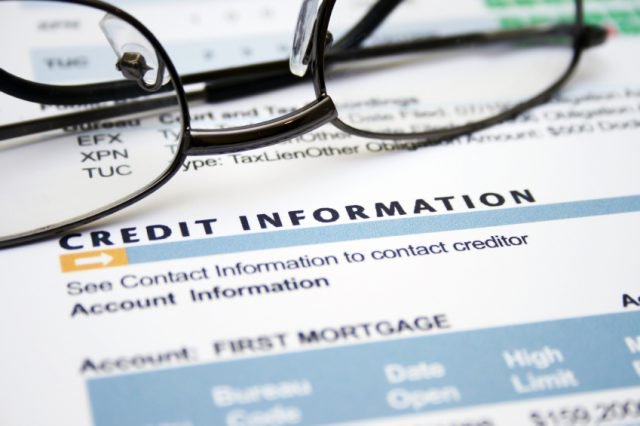Deciding to invest in property is nowhere near as simple as choosing a home, a tenant and then watching the rental returns roll in.
20% of UK homes are now owned by private landlords, with 2 million people choosing to invest in residential housing. The possibility of a regular working income, subsidised by a substantial rental yield, is continuing to tempt more first-time landlords into the market. Rising interest rates and the improving economic climate are also making long-term investment in property a viable proposition.
However, achieving gains from property investment is not a foregone conclusion. Would-be landlords must be sure to carefully consider a number of factors in order to set-up the best possible chance of successful investment:
Affordability
Budgeting
The first consideration for potential landlords is to work out a reasonable budget. There is little point in approaching an estate agent or mortgage lender if a landlord cannot provide proof of finances and suitable planning.
A good start is for landlords to consider the current monthly cost of a mortgage. Savvy landlords should also consider how much any changes in interest rates, which are widely expected to rise during this year, would affect this initial forecast.
A sensible next step is to consider additional costs that will need to be paid. These include
- tax on all rental income
- necessary insurance
- agent fees
- compulsory inspection fees
- remortgaging costs, in the event of a fixed-term mortgage
- other maintenance costs
Maintenance costs
Of course, it is impossible for landlords to predict when features such as washing machines or boilers will stop working. However, landlords that put aside emergency funds for this kind of eventuality will be better prepared.
Additionally, landlords should be prepared to undertake small maintenance measures, such as giving the walls a lick of paint, and the end/beginning of all tenancy agreements.
Void Periods
The Association of Residential Letting Agencies suggests that typically, a privately rented property can lay vacant for 20 days per annum. This can be down to landlords simply being unable to find a suitable tenant. However, void periods are sometimes necessary in allowing landlords to undertake essential maintenance work. In both instances, landlords must make sure they have budgeted enough to cope without a rental income.

Tips for would-be Buy-to-Let landlords
Problem tenants
Unfortunately, landlords may well have problem tenants to contend with. This could lead to a tenant refusing to pay rent for one or more months. Legal steps or simple deferment arrangements with a tenant both take time and incur costs, so landlords must make sure there are prepared to cope financially.
Many property investors are guilty of believing that rent will need to be up around 125% of mortgage payments in order to just break even. This is not the case and landlords should work out their own calculations for each individual property.
Location
When a suitable budget has been carefully worked out, the next major choice facing potential landlords is the location in which they are to invest. Landlords should be clear-minded in two main areas when it comes to a location-their ideal investment area and the practicalities of owning a property in this location.
When choosing an ideal area, would-be landlords must consider where rental property is high in demand. Furthermore, an area with lots of appeal for specific tenant groups should be considered. Location is key for a number of renters and potential owners should consider this when committing to a home.
Buy-to-let investors should already have an idea of what their target renter group will be and should choose the location of properties around this. For example, landlords looking to rent out to students should look at homes close to University buildings. However, homes close to public transport links and the commuter belt can appeal to all renters.
Practicality must also be considered when making a buy-to-let investment. Many landlords choose to maintain the property themselves, therefore a property close to home is a sensible choice. Moreover, purchasing a local property will give the landlord a better understanding of the potential tenants.
Type of Property
With a target renter group in mind, landlords will be better placed to narrow down the choice of property that they are to purchase. For example, if a landlord wishes to rent to a group of students, they will need to look at investing in at least a four-bed property to accommodate friendship groups. Similarly, if the landlord wishes to target young-professionals, they could look at smaller property, such as a one or two-bedroom flat, with good links to public transport.
Returns
At the forefront of all consideration over property should be the potential investment returns. Of course, properties of different types and in different locations will offer varying returns. It is imperative then that landlords work out the sums for every property that they are interested in. Would-be investors must subtract their monthly outgoings from their proposed rental income. This must then be factored into the costs of purchasing the property, such as mortgage payments.
Once this has been done, investors will be left with a gross rental yield, where they can compare yields across a number of potential properties.
Selling on
This may seem a strange thing to consider when purchasing a property, but landlords must also consider the eventually of selling-on their investment. A good history of rental could see landlords being able to easily sell-on their property. However, properties that have been on the market for a considerable amount of time could be a warning for investors that they too may face a tough-sell when coming to move on from their particular house.









